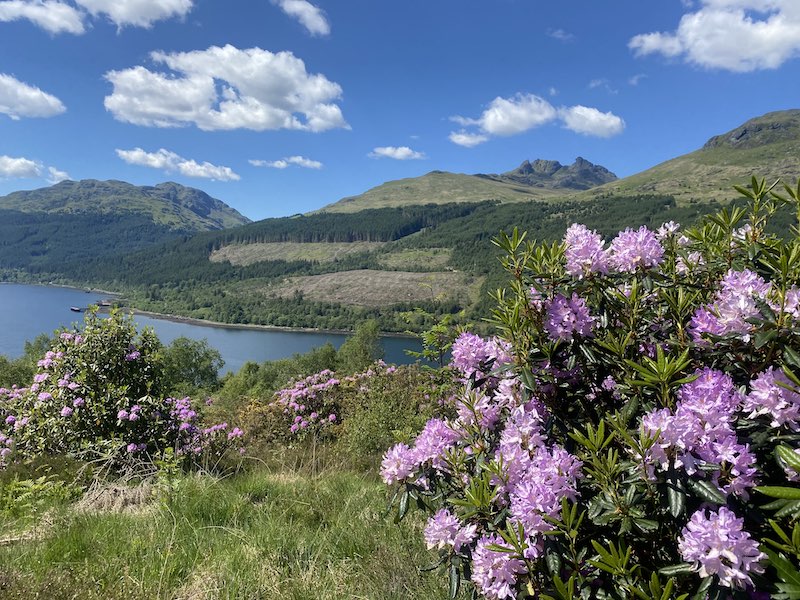Scotland’s ancient rainforests are being brought back to life at a record pace, thanks to a major effort led by Forestry and Land Scotland.
Ahead of World Rainforest Day on 22 June, Forestry and Land Scotland (FLS) has revealed it has restored 1226 hectares of rainforest in the past year alone, a significant leap from the 930 hectares restored the year before.
These rainforests, rich in biodiversity and found mainly along the west coast, are among the most precious and threatened habitats in the country.
The work includes the removal of invasive rhododendron, restoration of native woodland on ancient sites, and managing deer populations to protect young trees.
Rhododendron ponticum poses one of the greatest threats to this ecosystem.
It chokes the life out of native plants by stealing light, water and nutrients.
To combat this, FLS is now scaling up the use of an innovative technique called stem injection.
The method, pioneered and perfected by the National Trust for Scotland, involves drilling into the stem of each plant and injecting a small amount of herbicide.
It is a precise and environmentally friendly approach that targets the invasive species without harming the surrounding forest.
Richard Thompson, Native Woodland Ecologist at FLS, says the results have been promising.
“Following the National Trust’s success, we are now expanding stem injection across our managed rainforest areas,” he said.
“With around 8000 hectares of rainforest under threat from rhododendron on FLS land alone, we need effective, landscape-scale solutions.”
He added that the fight cannot be won by FLS alone.
“To truly stop the spread of rhododendron, we need landowners, gardeners and communities to come together in a shared effort.”
While stem injection is gaining ground, traditional methods such as grubbing by hand and foliar spraying are still used where needed.
FLS is also part of the Alliance for Scotland’s Rainforest, a coalition of government and environmental partners working to restore and protect these rare habitats.
The benefits go beyond biodiversity.
Healthy rainforests capture vast amounts of carbon, support the aims of Scotland’s Biodiversity Strategy and open up new opportunities in green jobs and rural development.
Key restoration projects are now active across the country.
In Lochaber, ancient woodlands along Loch Sunart and Loch Shiel are being cleared of invasive conifers.
In Cowal, Loch Goil has become a priority landscape, while native woodland is being enhanced at Inver and Lephinmore through a community partnership.
At Loch Lomond, three decades of restoration continues along the eastern shore, now extending to Cruach Tairbeirt.
Knapdale, Balmacara, North Sannox and Achnashellach are also seeing major progress, with invasive species removed and native forests beginning to flourish once more.
Scotland’s rainforest is not just surviving, it is showing signs of thriving again.
And that, says FLS, is something worth celebrating and protecting every day of the year.





